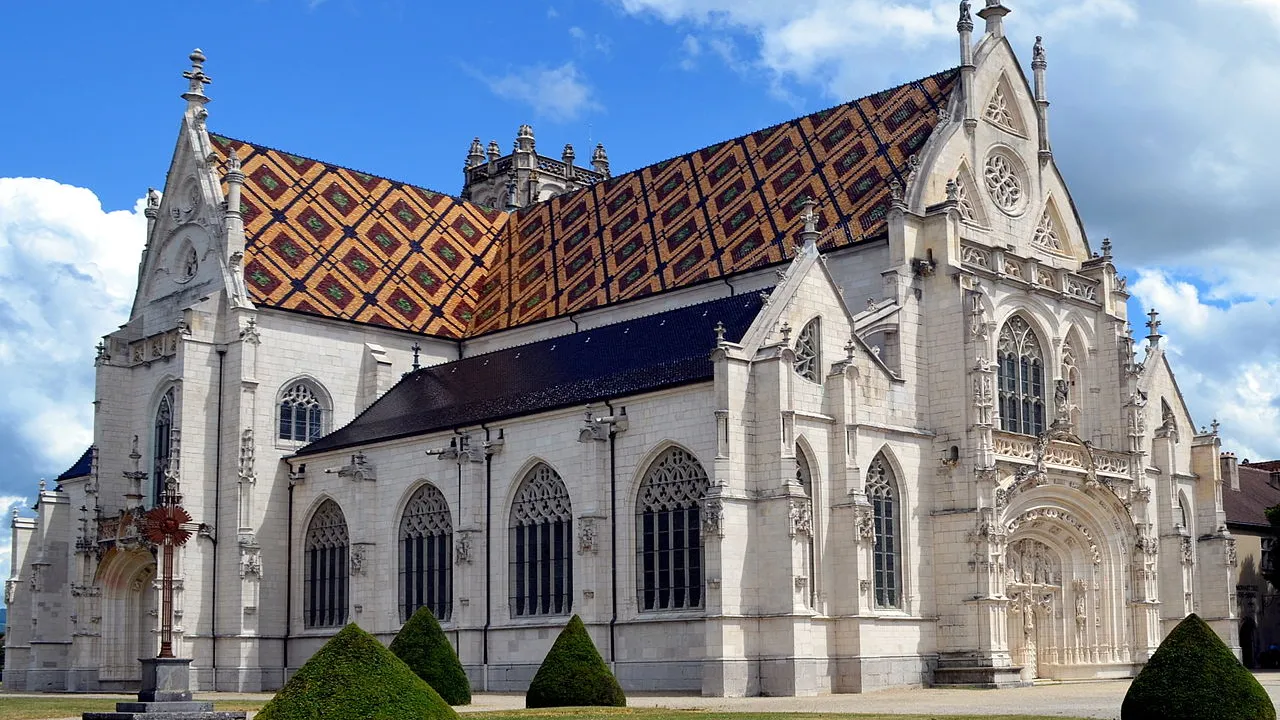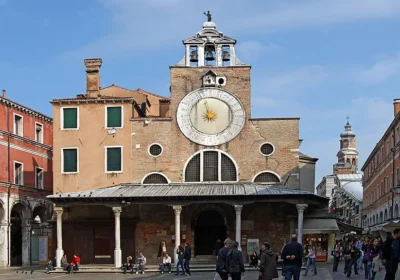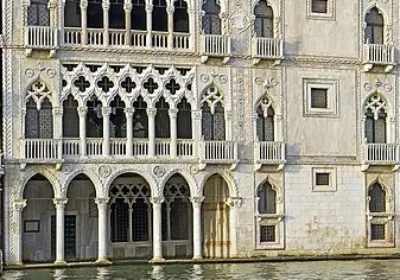The French Taj Mahal, the temple of love and eternal youth.
No doubt you’ve heard of India’s monument to love, the Taj Mahal, a mausoleum mosque built on the orders of Mughal Emperor Shah Jahan in memory of his wife Mumtaz Mahal, who died in childbirth.
In the Rhône-Alpes region near Lyon, the town of Bourg-en-Bresse in the Ain department has its own monument to love and eternal life. In the desolate marshland of the country of Bresse (Bresse), a colorful vision catches the eye from afar.
The brilliantly colored roof of the majestic cathedral and the austere silhouette of the monastery buildings make as strong an impression today as they did 500 years ago after completion. The question involuntarily arises: “Where and why is such an elegant structure of Flemish architecture here?” The idea to create a masterpiece of fiery Gothic belongs to Princess Margaret of Austria, who at the age of 24 was left a widow. Her husband Philibert II the Handsome Duke of Savoy died suddenly after drinking spring water while hunting. The choice of this place was not accidental: here Philibert’s life passed from birth to his death. Here he had the happiest “golden” years of marriage with Marguerite, a life of jousting and hunting.
In that era and until 1860, this territory was not French. It was the independent Duchy of Savoie, which included Nice, Genoa, Geneva and Piedmont, ruled by the family of the Dukes of Savoy. To the same times can be attributed the fashion for the construction of tombs, but the Burg en Bresse surpasses them in its ideological significance.
It is a petrified song of love, a cry of despair and a blessing for eternal life. A woman’s credo, in which her whole life is emblazoned with the motto “FORTUNE INFORTUNE FORT UNE” on marble. How would you translate that? “Misfortune forges happiness,” or…?
Before her marriage to Philibert, Marguerite was a puppet in the political games between the ruling houses of Europe and, although she was a wealthy heiress of high rank, she had no choice. It was not until her third marriage that she found mutual love and marital happiness, but this was destined to last only 3 years.
After the death of her spouse, Marguerite cut her lovely golden hair, put on a lifetime of mourning and left for her homeland. She bade farewell to her husband and her youth, leaving Burg-en-Bresse, where she was not destined to return in her lifetime.
Daughter of Emperor Maximilian I of the Holy German Empire, she raises the heir, the future Emperor Charles V and his siblings, as regent in the Netherlands. Remaining in the shadow of the two emperors, Margaret shows herself to be an outstanding diplomat and skillfully governs the country for 25 years, devoting herself fully to state affairs.
She decides to immortalize the story of her life, her love for her husband, the memory of her happiness and youth in the creation of a shrine and monastery, whose monks will pray for the repose of the souls of Philibert II the handsome Duke of Savoy, his mother Margaret of Bourbon and her own after her death. There, in Bourg-en-Bresse, in the life of heaven, Marguerite will finally have her peace of mind waiting for her.
In the meantime, this beautifully educated woman herself is working out in detail with colossal scope the project of the buildings of the complex. She dreams of creating something exceptional and worthy of her high position. Until the end of her life from the Netherlands, the princess finances the project and supervises its realization in Burg-en-Bresse, sending there her court architect and craftsmen. The cathedral is a private tomb where only royalty and monks are allowed to enter.
Today in the buildings of the Royal Monastery of Brou there is a museum of fine and applied arts Musée de Brou, where you can see foreign and local masterpieces, such as carved furniture in the style of Bress, faience of Mein, whose fame went beyond France, as well as paintings of famous artists Gustave Moreau (Gustave Moreau), Gustave Dore (Gustave Dore) and others.
We invite you to take a tour of this architectural ensemble, where you can learn more about the art and lives of prominent people at the turn of the Middle Ages and Renaissance.

















